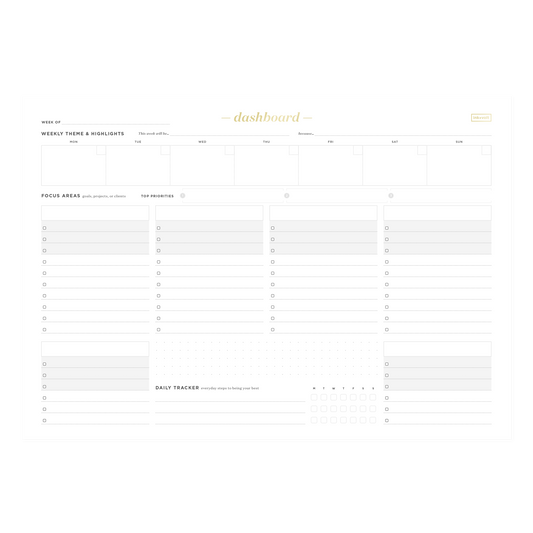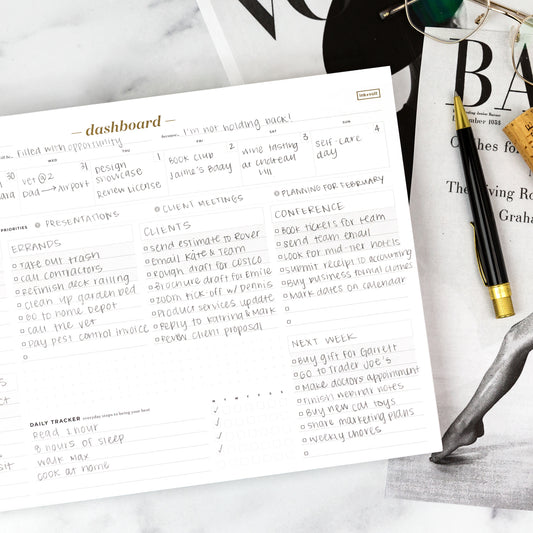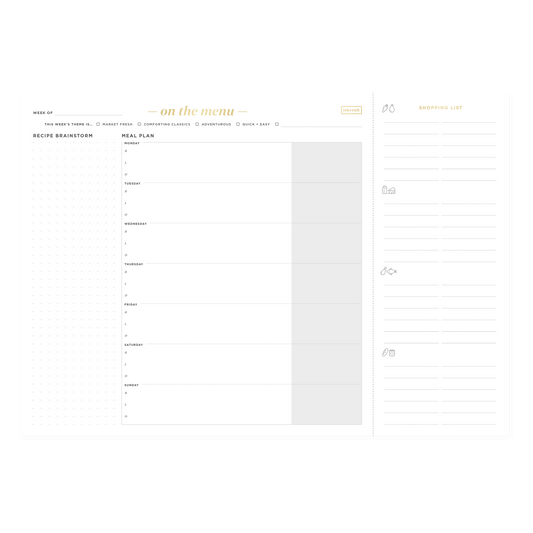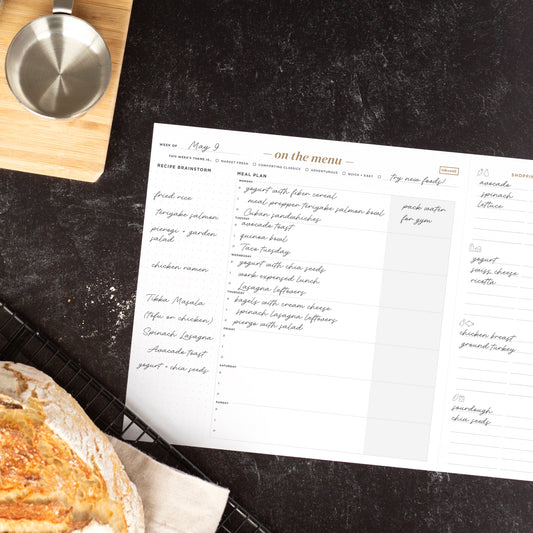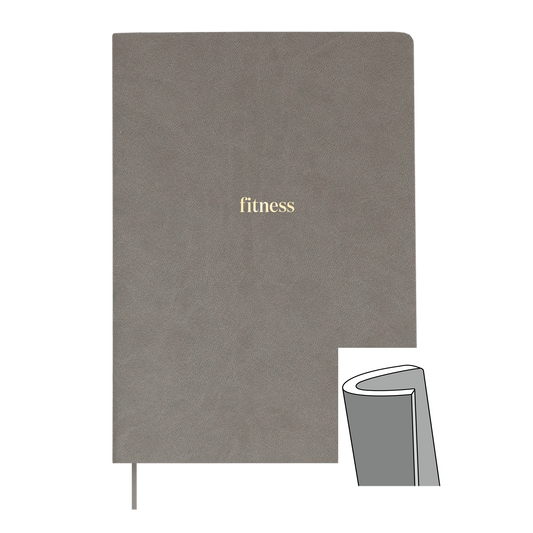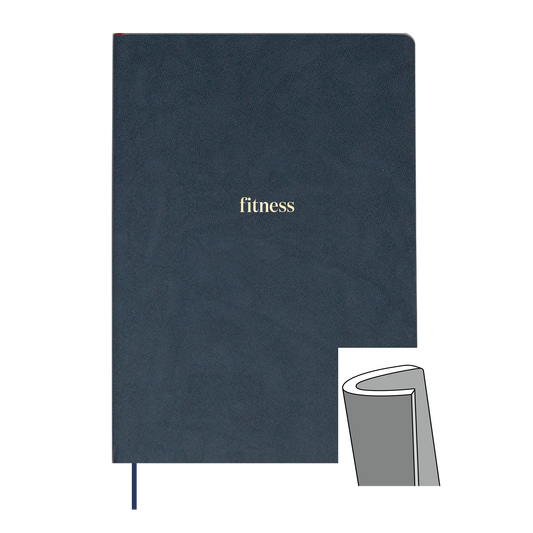The sun is shining, the birds are chirping, and the living room bookshelf could use some dusting.
Happy spring cleaning! For the Monicas of the world, it’s a joyous time of year. For everybody else unlike the beloved “Friends” character, clearing clutter and scrubbing every nook and cranny usually sounds unappealing and stressful.
There are lots of positive benefits to a clean home, not just the obvious limiting germs and improving health and safety.
One study from Indiana University found a correlation between a clean home and physical fitness. Other research has tied cleaner spaces with healthier eating habits.
The bottom line seems to be that tidy and organized homes improve our physical health because they seem to have big impacts on our mental health. You have probably experienced this yourself. As hard as it can be to get started cleaning, don’t you always feel better once you’re looking around your sparkling kitchen with everything put away?
So, take a deep breath and visualize what a clean home looks like to you. Whether your floors and surfaces need clearing or your entire home could use a little extra love right now, there’s a way to get through the big seasonal task.
Ready to get started? Grab our free worksheet and follow along with this spring cleaning guide.
Make a spring cleaning plan
The best way to tackle spring cleaning is to make a plan and set deadlines. That’s never been easier than with the Ink+Volt Spring Cleaning worksheet. As with all great things, starting with a plan will help you be more successful.
What would you like to accomplish in your kitchen? Your yard? How about your car? There’s a lot to keep track of, but writing down your initial thoughts can help keep track of all these spaces so you don’t forget anything.
Take a little spring cleaning tour of your house and make notes along the way. That will help you visualize where you need to focus your efforts on reality, and not just what you “think” you want or need to do.
While you’re brainstorming, make notes of any extra supplies you might need, so you can make sure you have everything you’ll need before you get started.
This list could include anything from specific types of soaps and sprays (remember, certain types of surfaces need their own specific types of cleaners) to storage or organizing tools (like clothes hangers or clear plastic storage tubs).
When brainstorming, get creative as you would like. The annual event can be cleaning, rearranging furniture, adding shelving, redecorating, or a combination of any of those. It’s whatever you want it to be. Don’t limit yourself to just “cleaning” -- this should be an overall improvement of your space.
A brainstorming session might feel overwhelming, so take it slow. You don’t have to do all this work in a day. It should be an inspiring process to walk through your house and see what you want to improve. Brainstorming can get you excited for the task because you have some idea of what to look forward to when you’re done.
Be honest about what you can do
While brainstorming is a super helpful tool, make sure you’re not biting off more than you can chew. Painting a room may not be a reasonable task right now, if you have a lot of other things on your plate. Prioritize your tasks, so that you keep yourself accountable but don’t lose track of what you want to accomplish.
Think about these factors before you start spring cleaning tasks:
- How much time you have to dedicate to the job.
- Whether you’re going to need another person’s help. Some jobs naturally require more than one person, like moving furniture. Some are just nice to have another person for.
- If you need special skills. Sure, there are tons of Youtube tutorials on how to patch walls, but some repairs are trickier than they seem.
Spring cleaning doesn’t have to be a total overhaul of your home, but if you’re going that direction, be prepared and honest with yourself. It’ll help you complete the entire job done instead of quitting halfway through.
If deep cleaning a bookshelf (removing everything, dusting, polishing, putting everything back) is more manageable than repainting it, start there! You’ll feel better about that whether there’s fresh paint or not.
Think big
This is the time to go all out. Sure, you’re probably vacuuming every once in a while, but what about the areas of the carpets haven’t seen the light of day in a while? This is the time to move all the furniture off the walls and really get in there.
Under your bed and in your closets are other places we typically neglect on a regular cleaning day. Pull out everything from these spaces and really go through it. There’s probably a lot of stuff that can be donated or thrown out. Once you’ve processed all the stuff, then deep clean the space before putting your remaining items away.
Don’t give up at the last minute and just shove everything back in the closet because you’re exhausted. If you need to, wait until the next day so that you can put everything back in an organized fashion.
Other “forgotten” areas you’ll want to tackle:
- The tops of cabinets, which can easily collect dust.
- Behind furniture or appliances, especially washers and dryers.
- Under area rugs.
- Outdoor furniture. They could always use a good wipe-down at the beginning of the season.
This can also be a great time to add shelving, rearrange furniture, paint a room, fix a sink or get to those projects that you’ve been meaning to all year long. Want to add a flower bed? There’s no better time!
Think small too
It’s easy to overlook the small stuff. Isn’t that just life?
While you may have big plans to completely rearrange your bedroom, think about your dresser drawers. Refolding clothes and donating old or no-longer worn items can make a bigger impact than you might think. You can also do simple sorting tasks on surfaces like your dresser, desk, and bedside table. These are huge clutter-collection areas and simply going through everything and clearing them off can instantly make your room seem bigger and cleaner.
As anybody who’s ever cleaned out their closet can confirm, it’s not a task for the light-hearted. It can be tedious. But it’s so satisfying once you can easily find a blouse or dress instead of combing through a mess of unorganized clothes.
This same principle applies to bathroom drawers, kitchen cabinets, and anywhere else where chaos and clutter can easily take over.
Set deadlines
Without a little structure, getting to all of these tasks can be difficult. Thankfully the spring cleaning worksheet comes with space to list your projects and a deadline.
Think reasonably and realistically about completing everything. If you can’t get it all done in one weekend, don’t sweat it! It’s called spring cleaning, not weekend cleaning, for a reason.
Aim for one or two areas of your home to tackle in each chunk of time you set aside, or plan your cleaning in blocks that make sense, like airing out area rugs or polishing the floors. While those tasks may take on different rooms, they’re alike enough to do at the same time.
A schedule will keep you accountable and allow you to see spring cleaning through to the end.
Plan for upkeep
As you’re working through all the projects on your list, keep in mind ways you can keep up on the work you’ve just completed. Folding clothes and avoiding the bedroom chair — yes, you know the one — is a good place to start with the closet. You also may decide the linen closet could use attention a few more times throughout the year.
Spring cleaning is a lot easier and more manageable when you know where to start and not every area needs the same amount of attention.
You can, of course, use the spring cleaning worksheet all year long when you’re feeling the itch for a reset or a room needs a little more attention. There are few things in life that make you feel as accomplished as cleaning your home can!


